
My researh focused on the mathematical physics and theoretical physics, including TQFT and topological order, generalized symmetry, quantum information theory, quantum computation theory, quantum machine learning, etc.
"No problem is too small or too trivial if we can really do something about it"
— Richard Feynman
Main Research Topics
A list of my current research directions.
-
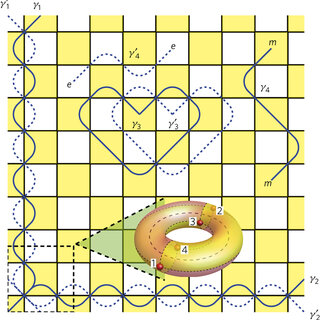
Coming soon...
-
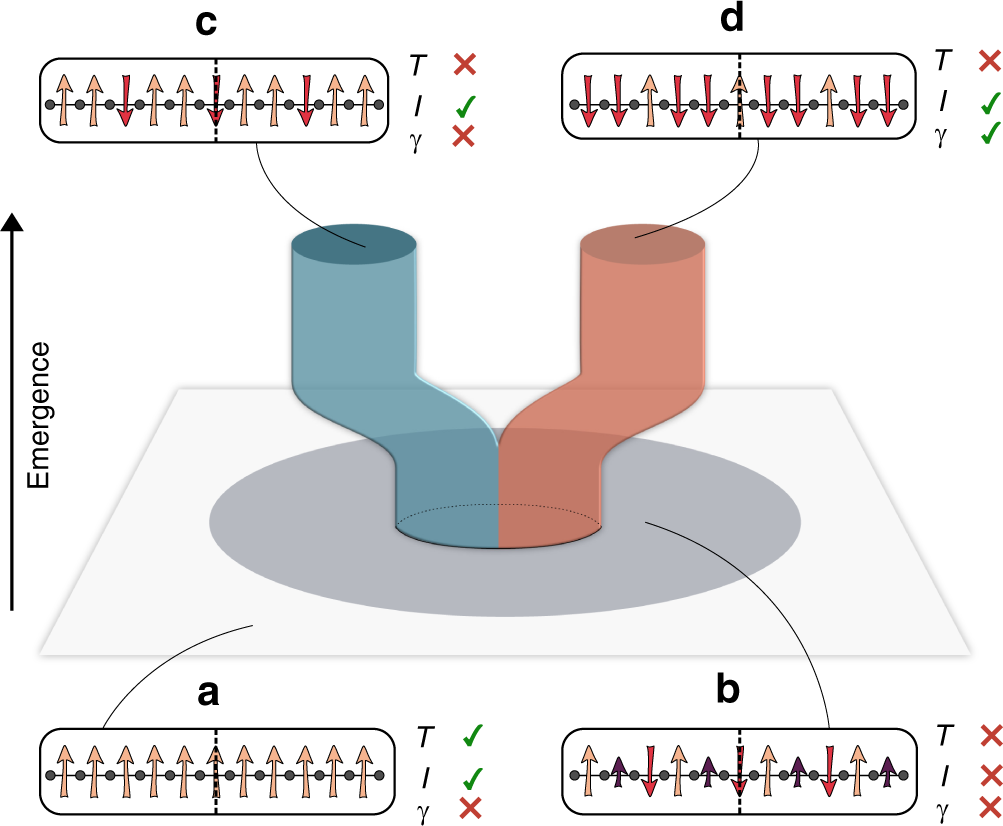
Coming soon...
-
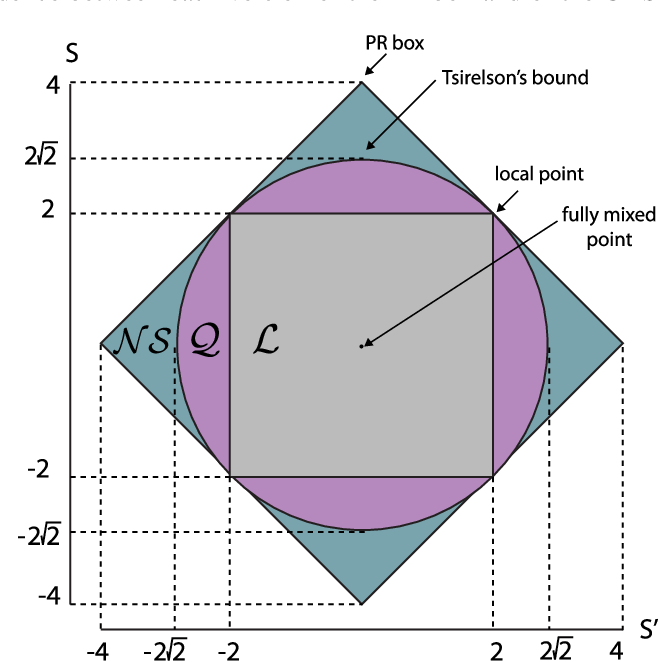
Coming soon...
-
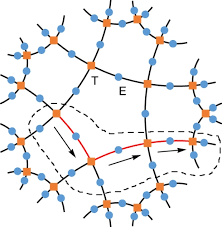
Coming soon...
-
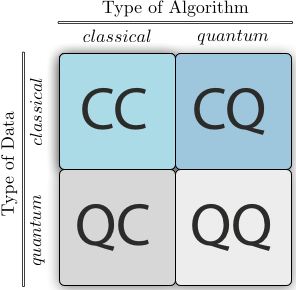
Coming soon...
Research Interests
My research focuses on quantum information and quantum computation, topological order and TQFT, quantum topology and algebra, etc.
TQFT, CFT, tensor categories, Hopf algebras, weak Hopf algebras, quasi-Hopf algebras, Frobenius algebras.
Topological order, SPT, SET, mixed-state topological phases.
Generalized symmetry, non-invertible symmetry, higher-form symmetry, subsystem symmetry.
Topological quantum error-correcting codes, homological codes, topological quantum computation.
Space-time states, pseudo-density operators, superdensity operators, doubled density operators.
Quantum causality, process matrices, quantum Bayesian inference, quantum retrodiction.
Quantum correlations: quantum discord, quantum entanglement, quantum steering, Bell nonlocality, quantum contextuality.
Research Interests
- Mathematical Physics
- Topological Order & TQFT
- Quantum Field Theory
- Quantum Topology & Algebra
- Tensor Categories & Hopf Algebras
- Quantum Information Theory
- Quantum Foundations
- Quantum Computation Theory
- Quantum Phases of Matter
- Tensor Networks & Neural Network States
- Quantum Machine Learning